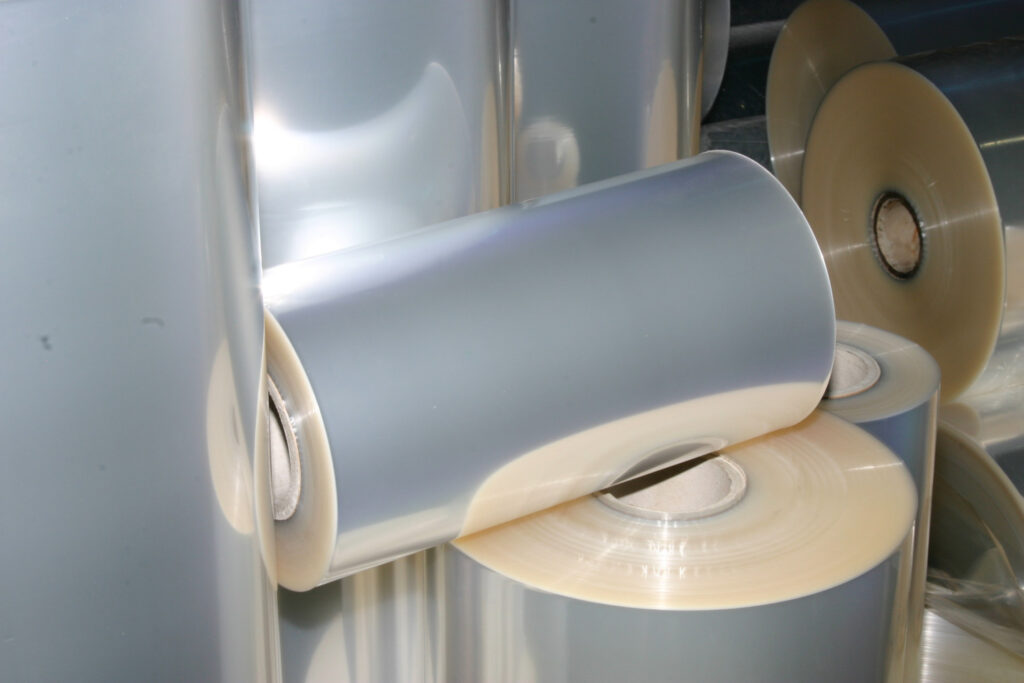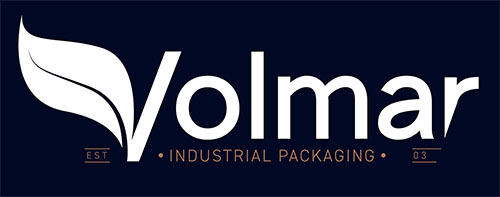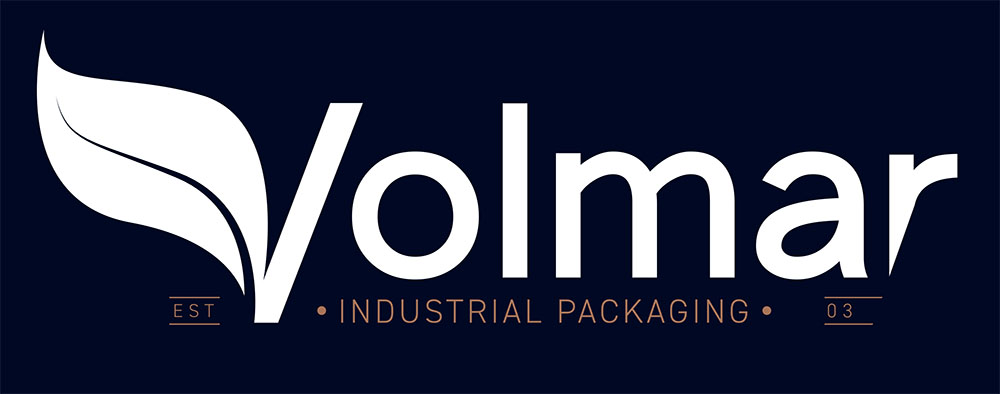
Food product packaging and packaging methods in general have changed considerably over the years. Since the ‘70s, the so-called stretch film, or stretch wrap, caught on thanks to the use of new raw materials and blister technology introduced in 1982.
In this article, let’s dive deeper into what stretch film is, how it is used and its pros and cons.
What is stretch film?
Stretch film, also known as stretch wrap, is a thin, flexible, self-adhesive plastic material commonly used in the packaging industry.
This versatile material is designed to wrap and protect products during transport and storage. It is widely acknowledged for its transparency and ability to adhere firmly to products of various shapes and sizes.
The importance of shrink film in packaging
Like flexible films, shrink film is widely used in the packaging industry and has multiple applications. Here are some of the main reasons why it is used in packaging:
- Protection: stretch films provide protection against physical damage, moisture and contamination. They protect products from scratches, dust and atmospheric agents, ensuring they reach customers in excellent condition;
- Stabilization: they offer stability for products during transport. For example, they can be used to stabilize stacked goods loaded on pallets;
- Reinforcement: stretch films can be used to group multiple products together safely, reducing the risk of loss or damage to parts of the load. This is particularly useful for shipping multiple or assorted products;
- Cost reduction: the use of stretch film can reduce shipping costs as it allows the products to be stacked more efficiently, reducing empty space in pallets and containers.
All the pros and cons of stretch film
There are pros and cons of using stretch film in the packaging industry. So let’s analyze the advantages and disadvantages of stretch wrap.
Pros
- Cheap: stretch film is a cheap way to protect and stabilize products;
- Versatile: it adapts to items of different shapes and sizes;
- Easy to use: it is simple to work with;
- Transparent: the transparency of the film allows the contents to be seen more easily.
Cons
- Not very sustainable: the majority of stretch films are made with plastic;
- Risk of problems: if used excessively or incorrectly, stretch wrap can block scanners or cause damage during cutting.
In summary, stretch film is a fundamental material in the packaging industry and its versatility makes it a valuable choice for many companies involved in logistics and product distribution.

